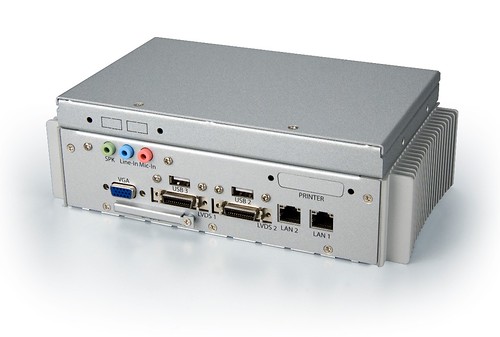Squeezebox is Logitech's answer to a home multimedia solution - a PC prupose built for the lounge room that can play music and video files. For the Squeezebox to branch out and become a complete home solution, you need a Squeezebox server. The Crazy Hawt blog has built one using a VIA based HP thin client as the starting point. The HP T5530 features a VIA Eden processor and runs silently and reliably.
"I looked at the hardware options for a squeezebox server, and I finally decided on an HP Thin Client. I came up with that decision based on this original, great article written over at SmallNetBuilder. I took a look on eBay, and I found the HP T5530. I was able to snag it for only $50 with free shipping! I then bought two flash drives. I bought a 2GB flash drive for the Operating System, Debian Linux, and I bought a 64GB flash drive for my music."
This blog contains a wealth of information on configuring this system with Debian for use as a Squeezebox solution.



